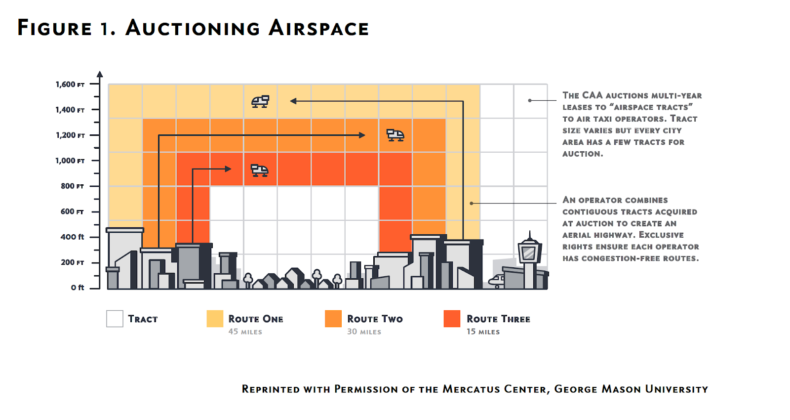Air taxis and freight drones are no longer glimmers of the future, resigned to sci-fi novels and cartoons. Rather than existing in the realm of fantasy, they are manifesting themselves in the labs of start-ups and engineering firms around the world.
When they are rolled out, air taxis will substantially decrease traffic congestion, lower travel times, and create jobs. Uber, Rolls-Royce, and BlackFly are currently developing and testing air cars. Additionally, many startups are cranking out impressive designs and prototypes, pushing the limits set by big firms.
Yes, there are the Ubers and Larry Pages of the industry, but small startups, like Germany’s Lilium, are offering products that will push this budding market further into the future of air travel. Meanwhile, Uber have declared that Dallas, Los Angeles, and Melbourne will be the pilot cities for the new Uber Air service.
With the technology already in touching distance, the big question now is how it will work in practice. Where will they fly? Will the Government be involved? Who will verify safety? What will the market for air taxis look like?
Matthew Lesh, the Head of Research at the Adam Smith Institute, supports a proposal from Mercatus that would see air taxis and the like operate around 200 feet to 5,000 feet in the air. If adopted in the UK, air taxi travel could lower travel time from Heathrow to the City of London down to eight minutes and decrease travel time from London to places like Oxford, Birmingham, or Brighton to as little as 23 minutes. The benefits are clear – faster, cleaner travel – but the economic ramifications are also huge.
The market for air taxis itself is estimated to be worth between $615 billion and $3 trillion globally by 2040. In the UK specifically, PwC estimates that the drone market could add £42 billion to the economy as well as 628,000 jobs by 2030.
What the regulatory framework will look like for this potentially massive new industry remains to be seen. Sensible, light-touch government intervention will help the nascent industry to flourish and has already ensured fruitful competition. When the likes of Uber and Larry Page can develop alongside start-ups like Lilium, there is promise for a thriving, creative market.
The real problem is this: will future regulations on the air taxi industry stifle its potential? What measures must we take to secure the flourishing innovation in this industry?
In the Adam Smith Institute’s latest report, Ready for Takeoff: Building competition in the aviation industry, Matthew Lesh proposes auctioning off air travel corridors, much like the successful auctioning of radio licenses. The Government could sell exclusive, tradeable licenses for particular paths and elevations. This would promote the most efficient allocation of air corridors. (Figure 1 sets out how this might work)

This would keep the Government in the business of safety, while allowing the market to foster competition and allocate air corridors to their most efficient use.
Government-distributed slots could lead to inefficiencies, as has been the case at airports. A regulator, no matter how well informed, lacks the knowledge as to who would best use a limited resource at a given time.
Auctions would ensure that flight paths will go to companies that value them the highest, leading to both effective allocation and maximal revenue for the Treasury. Resale and leasing of licenses would prevent initial owners from gaining too much market power, while allowing smaller companies to get a foot in the door. It would also moderate the prices of slots, as companies would have to be transparent about prices on the open market. Additionally, the auctioning of flight slots can become a whole new market attached to air travel, generating jobs and innovation.
This debate comes at an important time, as the efficiencies of airport slot allocations come under fire. Auctioning slots would lead to lower prices, better service, and more efficient use. The same is true for air taxi travel corridors.
Despite being in its infancy, the air taxi market is already growing and innovating at a rapid pace. As for the future, the sky is truly the limit. Let’s just hope the government and regulators give the industry the space it needs to boom.


